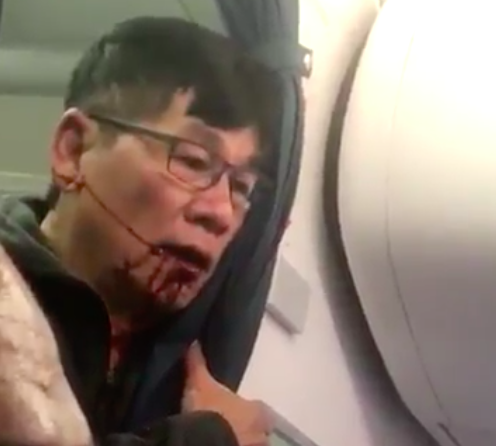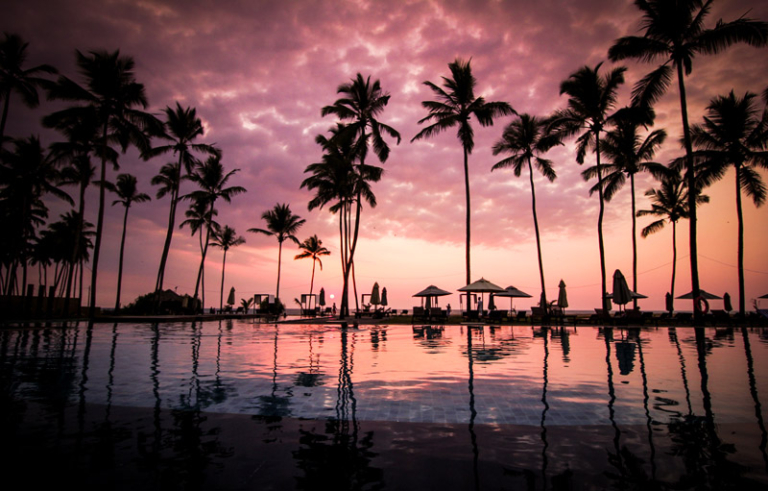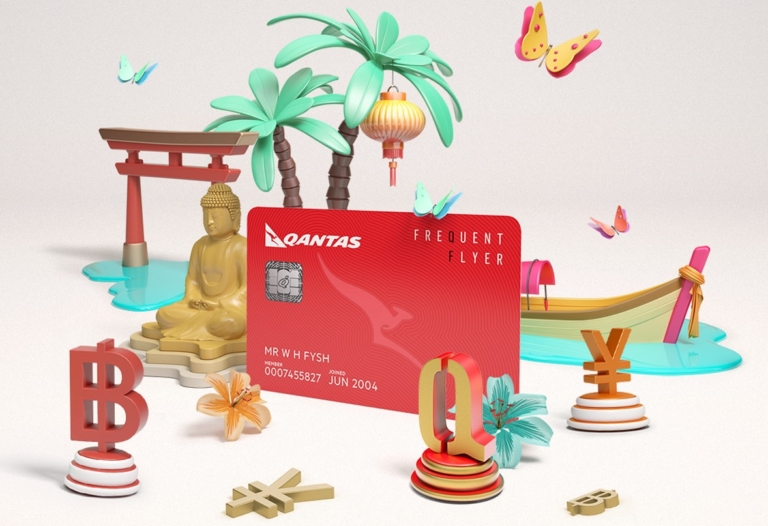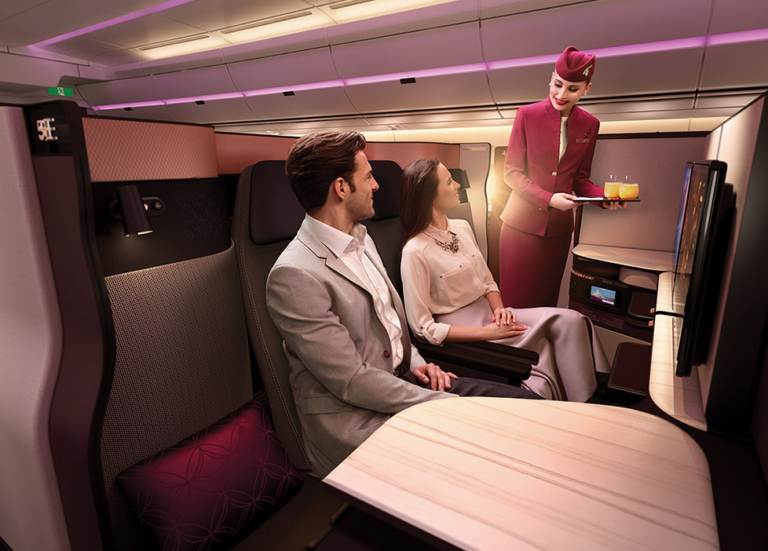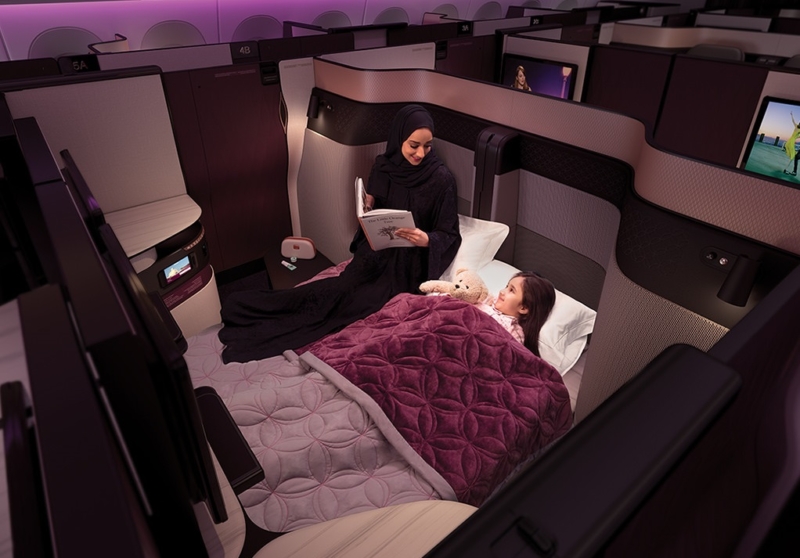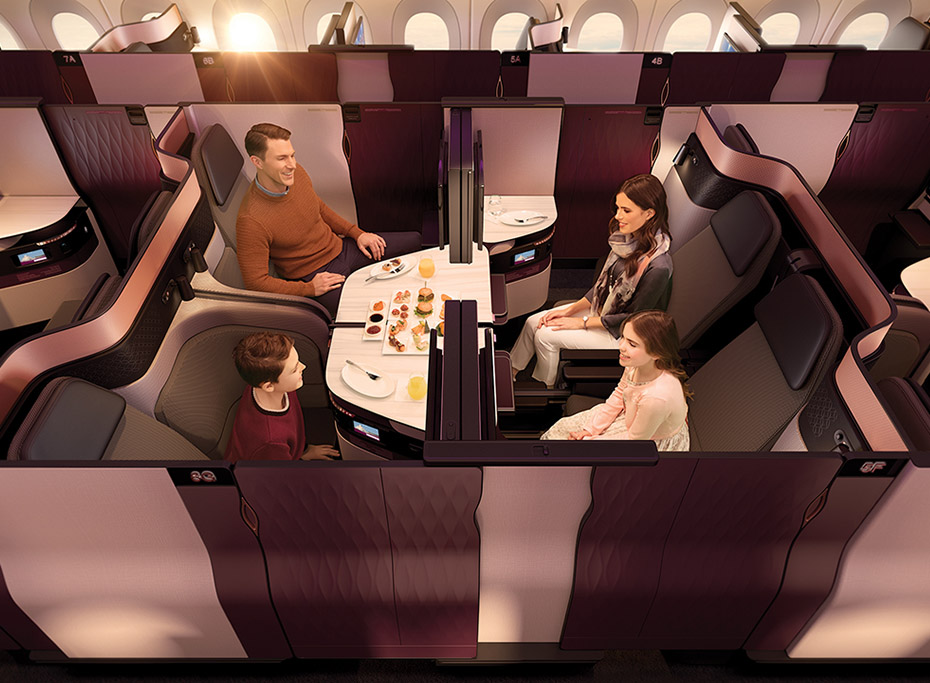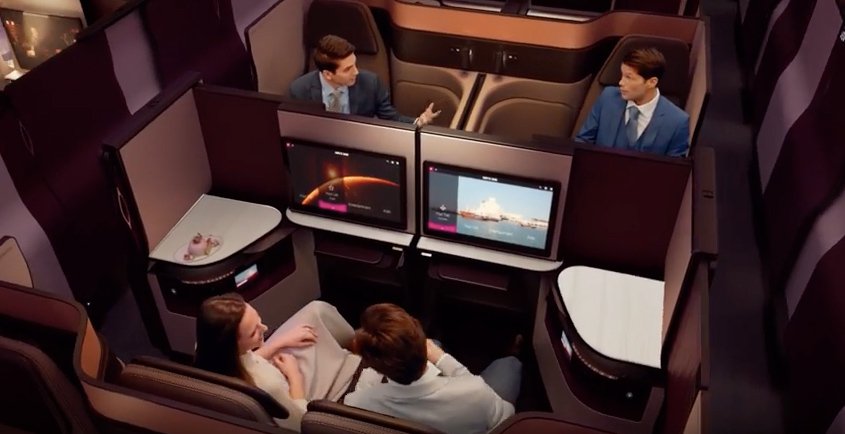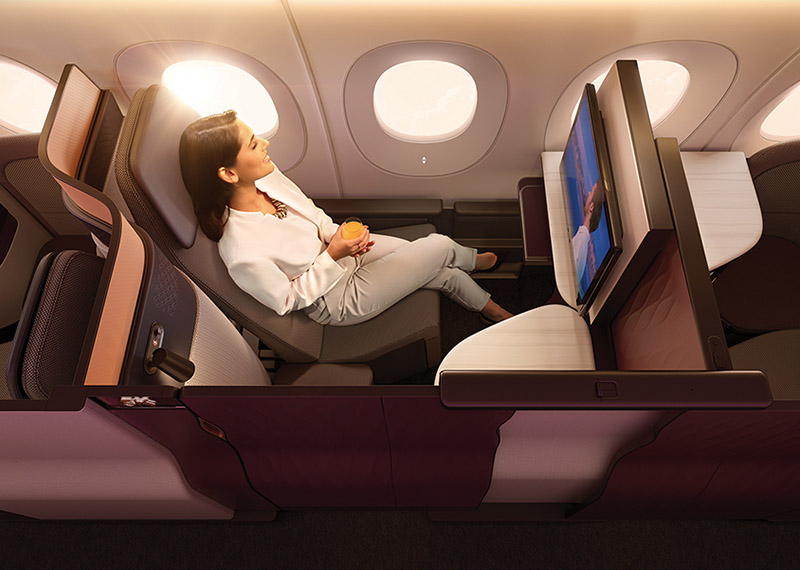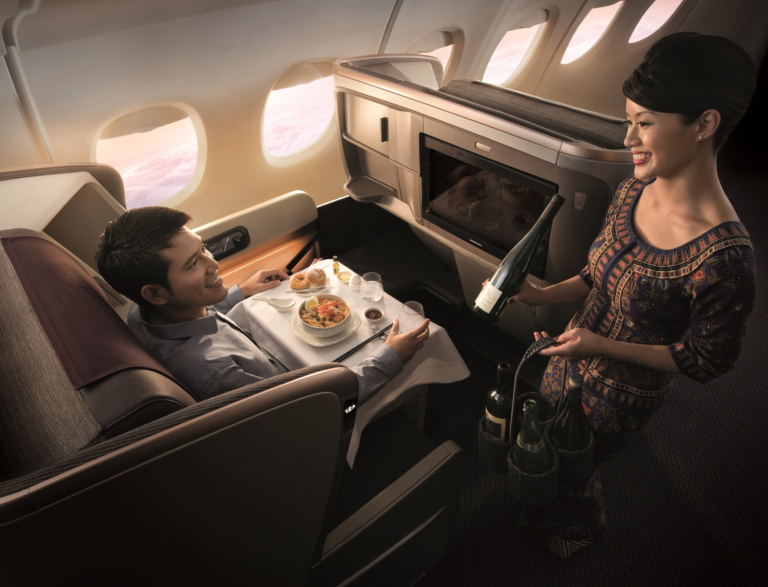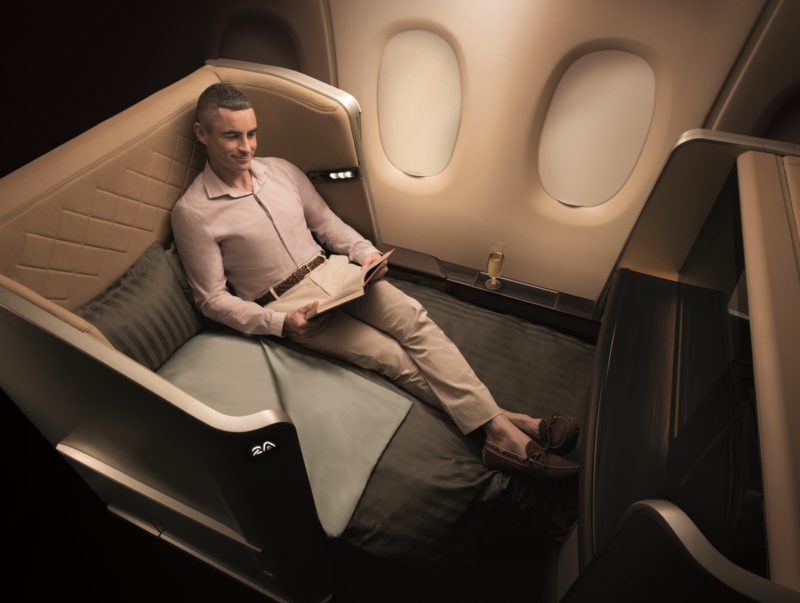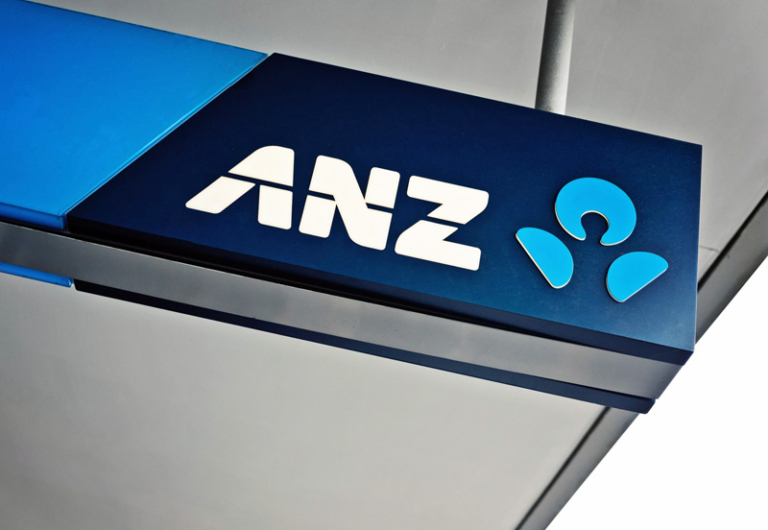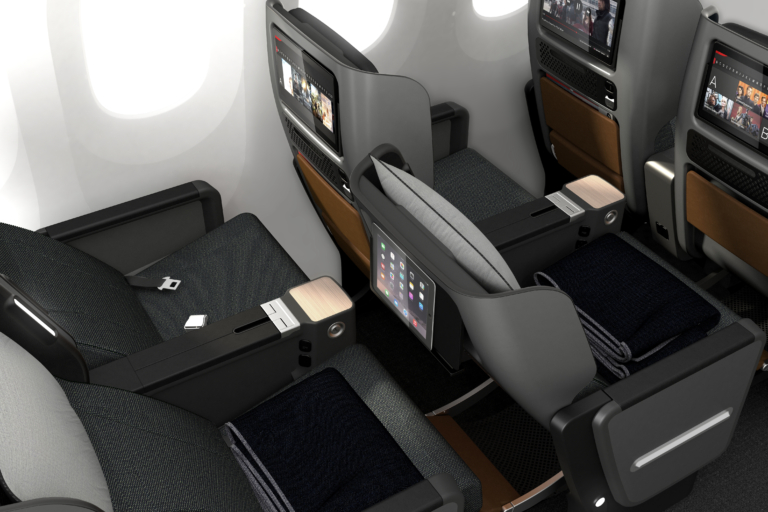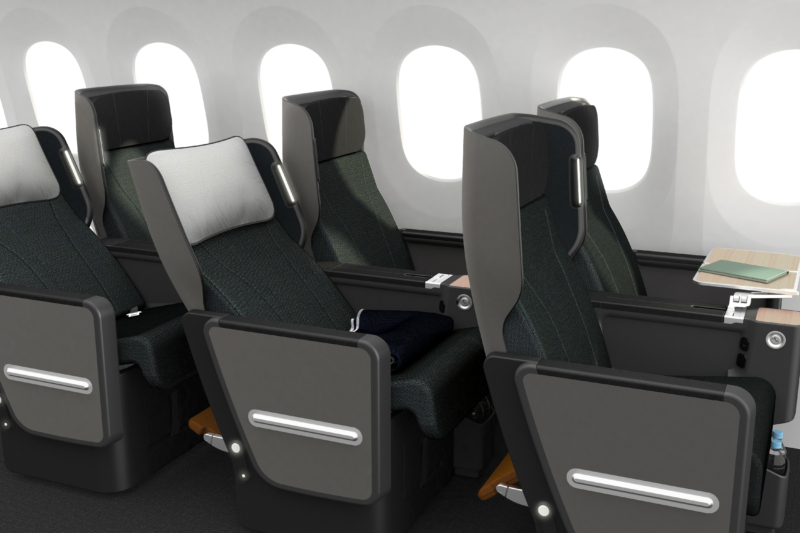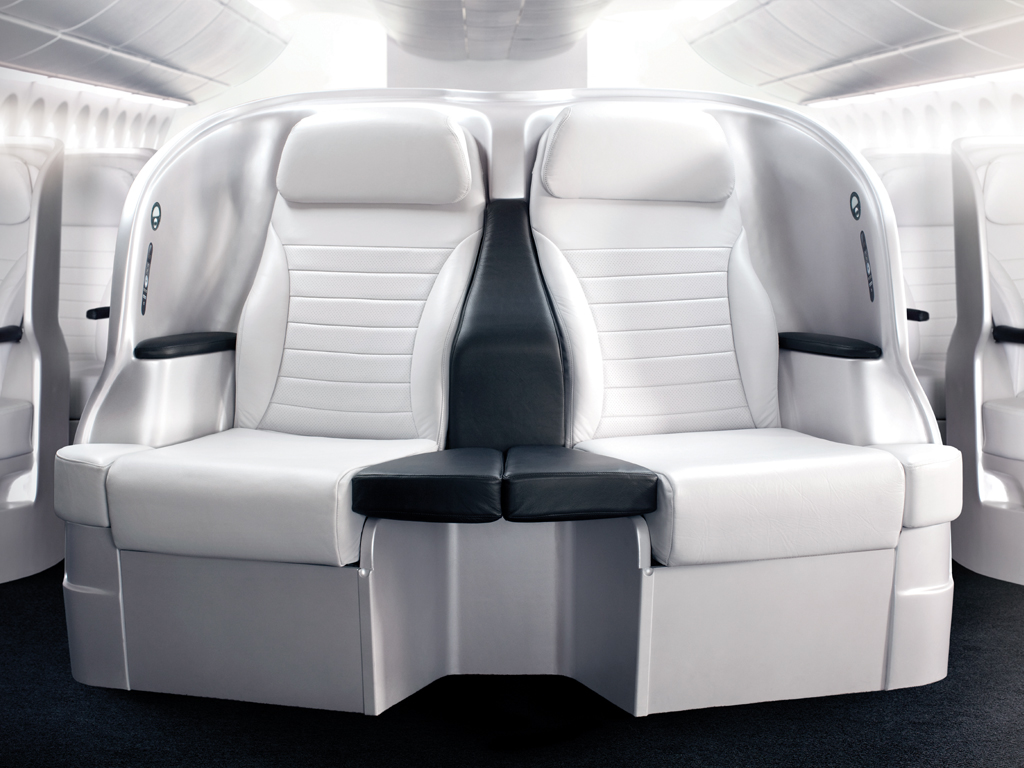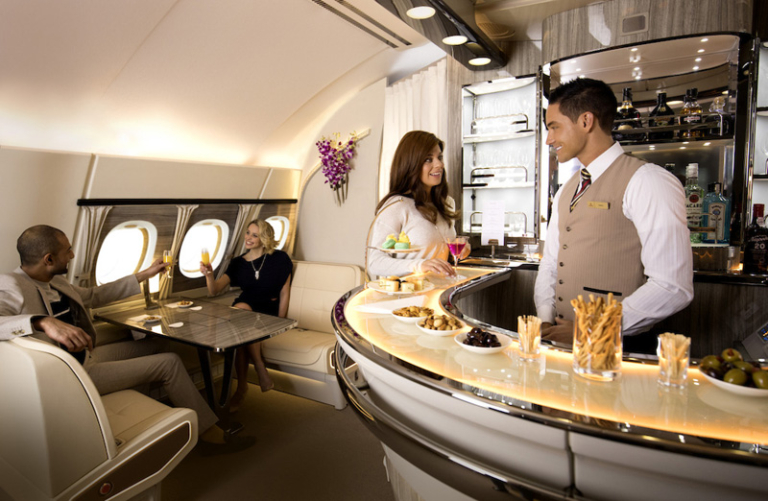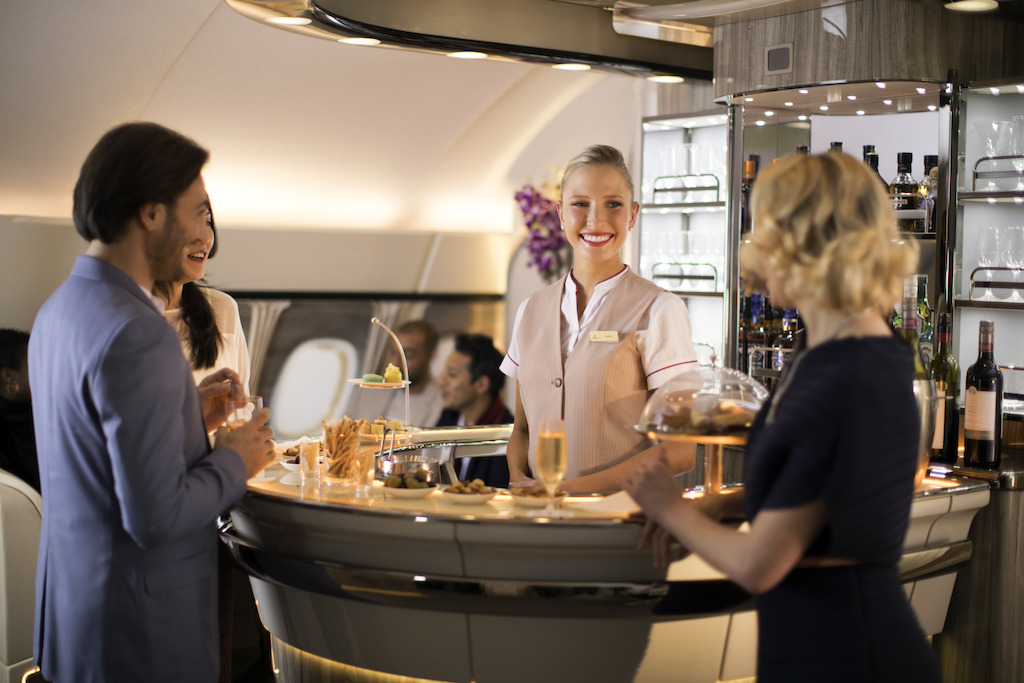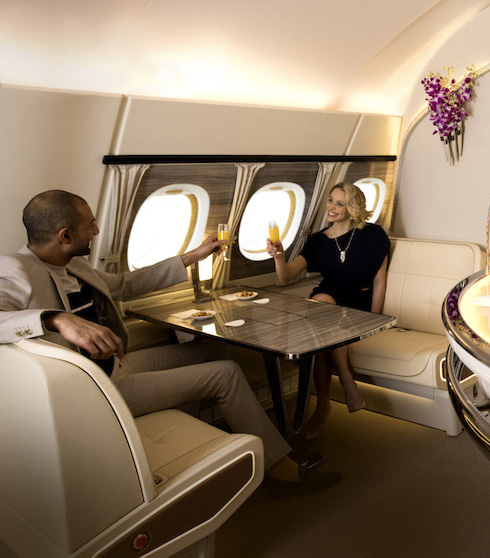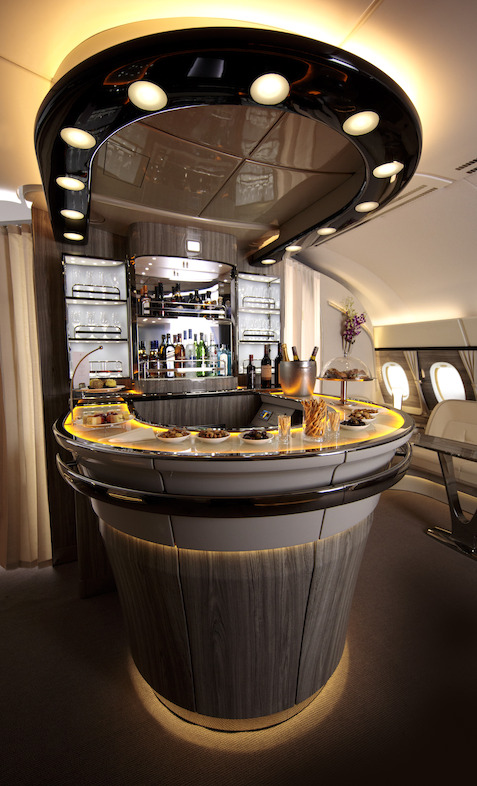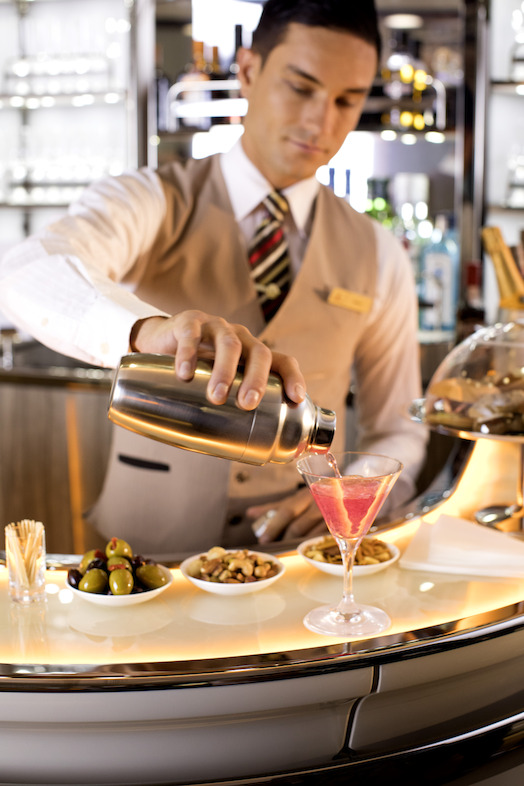Footage of a man being forcibly removed from a United flight in America has gone viral. The passenger was dragged off a plane in Chicago, which bound for Louisville, after refusing to disembark to make room for United staff.
The airline had overbooked the flight and allegedly needed to get four of its staff members to Louisville to work on another flight. United asked for customers to voluntarily disembark and make space, offering them compensation and a flight the next day. As there were no takers, the airline began ‘involuntarily’ bumping passengers off the flight, as they are legally allowed to do.
The passenger in question – reportedly a doctor – was one of those told to leave but he refused to go, claiming he had to be at a hospital in Louisville the next day.
The police were called in and then brutally dragged the man off the flight, knocking him out in the process and causing facial injuries and bleeding.
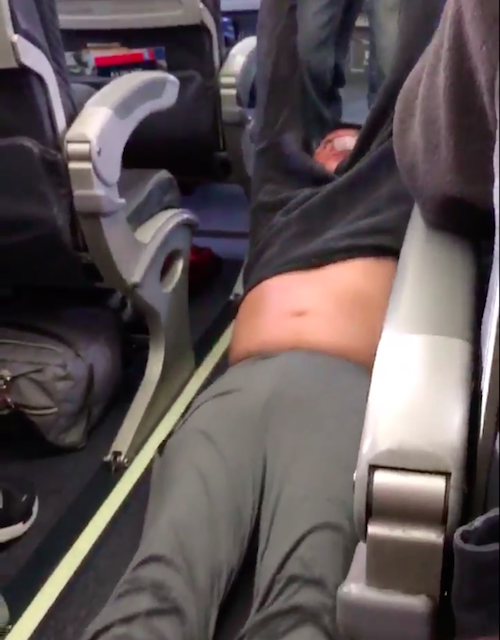
Here is the shocking footage recorded by other passengers (two videos are shown side by side).
What a horrible way to treat a human being – let alone a customer.
Things took an even stranger turn when the doctor was allowed back on the plane, with blood all over his face!
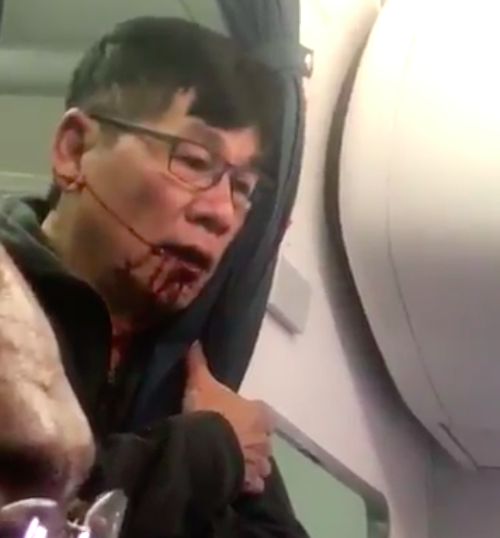
When news of this incident started going viral, United’s CEO, Oscar Munoz, issued a statement that just made matters worse – apologising for overbooking the flight but not the way the passenger was treated.
While being bumped from a flight in America isn’t uncommon, it’s crazy that United allowed all passengers to board the plane when it knew the flight was oversold. The man had a confirmed seat and – understandably – stood up to the airline’s greed and thuggishness.
This fiasco has angered people all around the world, and struck a chord in America as yet another example of law enforcement brutality. As one American blogger said today, this incident shows “a shocking and horrifying lack of empathy that, for many, encapsulates 2017 in a nutshell“.
We have our own problems with government and law enforcement in Australia, but nothing like this – and I’m thankful for it.
I’m also thankful that Australian airlines haven’t succumbed to the policy of constantly overbooking flights and bumping passengers. This incident in America is going to cost United big time, and it’s a cautionary tale for Australian carriers of what could go wrong if they adopted a similar policy.
Australian travellers in America should be aware that US airlines can ‘involuntarily’ bump you off a flight. This is more likely to occur if you don’t have a seat allocated to you prior to check-in. Be prepared for the possibility.

